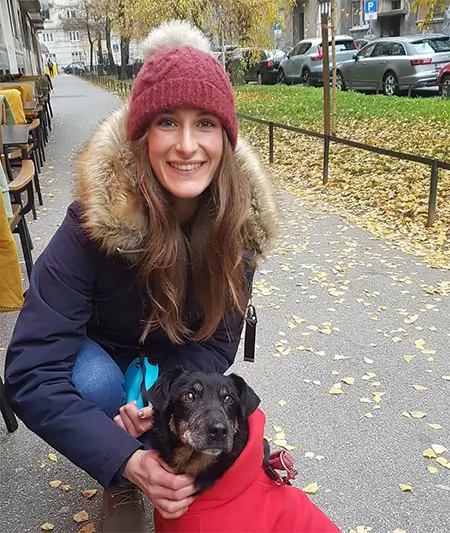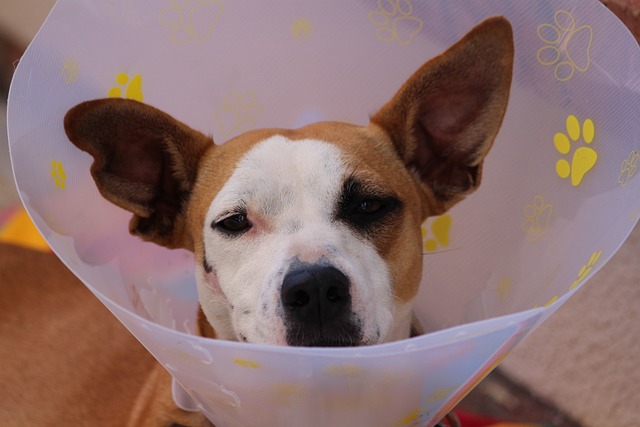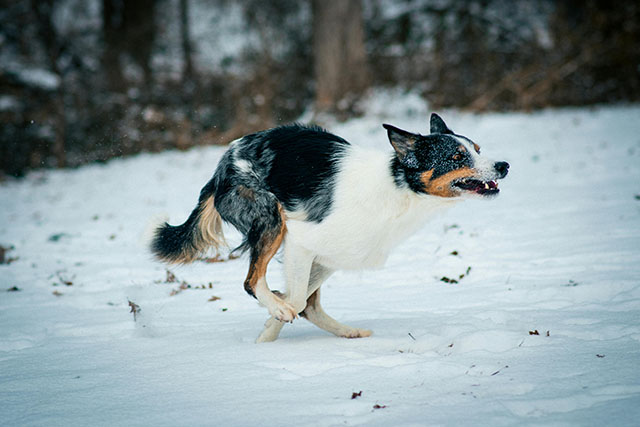Cancerous growths or tumors in dogs are often a deplorable and complicated condition to manage. However, by knowing a little about this topic, we pet parents can do our best to spot early signs of a problem and get pets the help they need early on.
In this article, we’ll go through common symptoms of cancer in dogs and its related questions, such as:
- Do dogs with cancer sleep a lot?
- What are the final stages of dog cancer?
- How long can dogs live with untreated cancer?
- What is the most aggressive cancer in dogs?
- How long should I let my dog live with cancer?
- What dog breeds are most commonly prone to cancer?
Disclaimer: Please refer to the information in this article as a guide only. Contact your veterinarian if you want specific information tailored to your pet’s condition.
Do dogs with cancer sleep a lot?
If your pet has cancer or a tumor, then the symptoms they have can depend on a variety of things, such as:
- The affected body part.
- The stage, size, and type of cancer.
- How long have they had cancer.
- Whether they are having any treatment and how successful it is.
- Their age and general health condition aside from the cancer.
A dog with cancer can sleep more than normal as a result of changes in their appetite, pain, and as a side effect of medication.
It’s always important to ensure your pet has a calm, quiet, private, and peaceful place to rest; however, this is especially so when they are not well. We recommend choosing a warm, cozy area with comfortable lighting where they can sleep undisturbed in a comfortable bed.
What are the final stages of dog cancer?
If your pet is in the final stages of cancer, regardless of the reason why treatment was not successful or possible, it’s essential to think about their quality of life and how it changes from day to day.
Sadly, some pets go downhill fairly rapidly as their condition progresses, whereas, for others, the changes are subtle and might be harder to notice.
In the final stages of dog cancer, you might notice the following changes in your pet:
- Decreased or absent appetite and changes in weight.
- Drastic changes in energy levels, character, and behavior.
- Problems with breathing, swallowing, urinating, and defecating.
- Pain or discomfort.
We’ll talk later about things to consider when your pet is in the final stages of their condition.
You can read more about this topic in our article ‘Stages of cancer leading to death’.
How long can dogs live with untreated cancer?
How long a dog can live with untreated cancer depends on a variety of reasons, such as:
- The stage of the cancer.
- The severity of symptoms.
- How long they’ve already lived with the cancer
- Whether they have had any treatment and how successful it was.
- The age and general condition of the pet.
As we mentioned in the previous section, the most important thing to consider if your pet has cancer is maintaining the highest quality of life possible for them, which we’ll talk about next.
For more information about caring for your dog, check out this page.
What is the most aggressive cancer in dogs?
It’s difficult to say which is the most aggressive type of cancer in dogs; however, two prevalent aggressive cancers are osteosarcoma and hemangiosarcoma.
Osteosarcoma affects cells in a dog’s bone, which leads to changes in the bone structure and can spread to other areas. Hemangiosarcoma affects special blood vessel cells and often spreads to other areas. For more information on these cancers, read this article.
How long should I let my dog live with cancer?
How long you feel comfortable caring for a dog with cancer largely depends on their quality of life. It’s a tough decision to make, but sometimes, when it comes to pets who are very sick, euthanasia could be an option.
The HHHHHMM scale is a helpful resource that can help pet parents estimate their pet’s quality of life according to the following questions (source):
- How much pain is your dog in?
- Are they able to eat enough, either by themselves or with help?
- Are they able to drink or obtain enough fluids?
- How big of an effect does their condition have on their hygiene?
- How happy does your dog appear to be?
- Is your pet able to move?
- In general, does your pet have more good or bad days?
The answers to these questions can be graded from 0 to 10, and if the total score is above 35, a pet’s life is considered ‘acceptable’.
What dog breeds are most commonly prone to cancer?
Some specific breeds of dogs are more likely to get some types of cancer; however, researchers and veterinarians aren’t exactly sure why.
Below, we’ve listed some examples of some tumors and associated breeds according to this article written by The National Canine Cancer Foundation:
- Mast cell tumors – Weimaraners, Rhodesian Ridgebacks, Schnauzers, Shar Peis, Labradors, Golden Retrievers, Cocker Spaniels, English Bulldogs, Boston Terriers, Beagles, Boxers, Bull Terriers.
- Lymphoma – Golden Retrievers, Bulldogs, Boxer Dogs, Basset Hounds, Bullmastiffs, Saint Bernards, Scottish Terriers, Airedale Terriers.
- Osteosarcoma – Borzo, Irish Wolfhound, Irish Setter, Great Danke, German Shepherd, Dobermann, Golden Retriever, Greyhound, Saint Bernard.
- Hemangiosarcoma – German Shepherd, Portuguese Water Dog, Flat Coated Retriever, Skye Terriers, Bernese Mountain Dogs, Boxers.
You can read more information about the above types of dog cancer in this article.
Conclusion
Although it’s a sad topic, understanding and being well-informed about cancer in dogs can help dog parents spot potential signs early and get their pets the help they need as soon as possible.
Don’t forget, that many of the symptoms in sick dogs aren’t specific to certain diseases. It’s always best to take your pet to a veterinarian as soon as you think there could be something wrong.

Charlotte qualified as a veterinarian in 2023 and has been working as a writer for several years helping pet parents understand how to help their pets live happy healthy lives whilst pursuing her interests in wildlife conservation.
She enjoys traveling and has undertaken positions in Belgium, Spain, Austria, Germany, and the Galapagos and has a 15-year-old rescue dog called Chiki.





